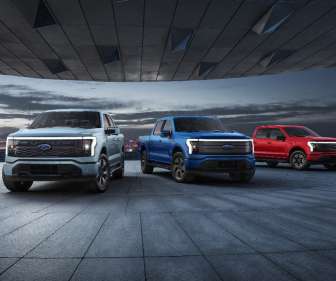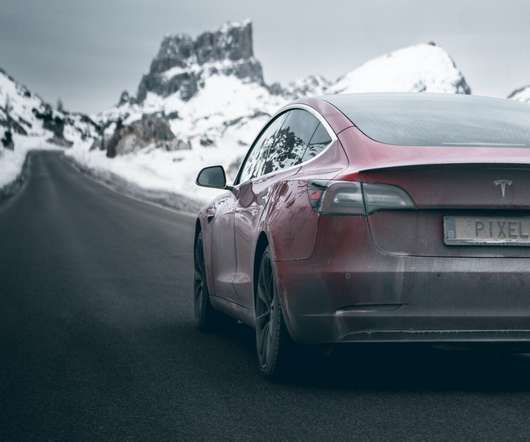Ford unveils F-150 Lightning electric pickup; starting at $39,974; arriving in 2022
Green Car Congress
MAY 20, 2021
F-150 Lightning offers a standard-range battery targeting 230 miles of EPA-estimated range and an extended-range battery targeting 300 miles of EPA-estimated range. This can help save money on electricity that powers your vehicle and home while also taking pressure off the grid in peak usage times.












Let's personalize your content